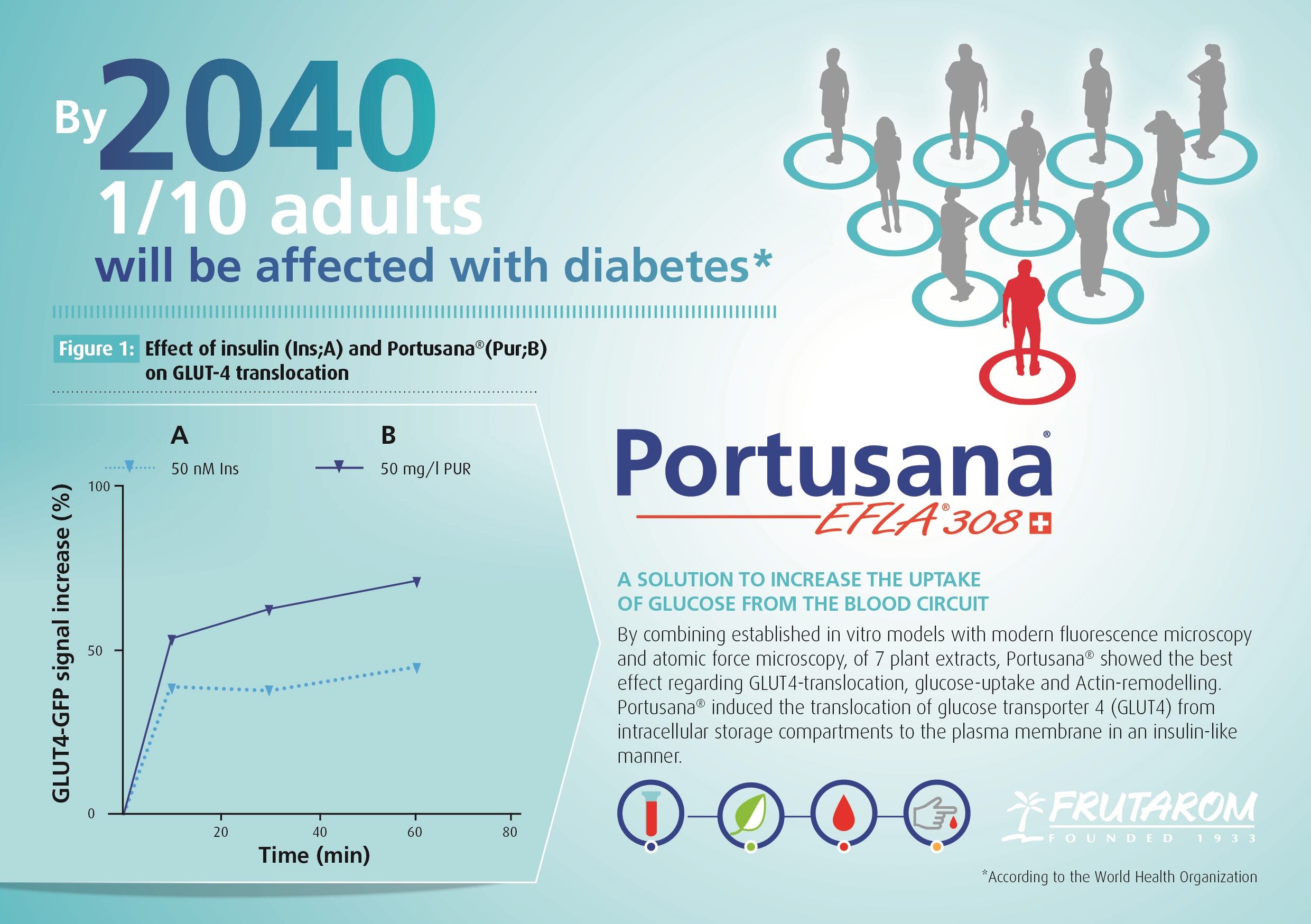Two extracts prepared from purslane (Portulaca oleracea) and tindora (Coccinia grandis) appeared to promote the transportation of glucose into muscle and fat cells, increasing glucose absorption and lowering blood glucose levels in the process.
The efficacy of herb extracts in treating metabolic conditions has been mooted as a possible alternative to therapeutic drugs for the treatment of type 2 diabetes (T2DM), which can have side effects like fat accumulation and liver problems.
Products considered to have potential include plants with a high concentration of polyphenolic compounds, alkaloids or alpha lipoic acid.
The leaves of the purslane plant are rich in nutrients including omega-3 fatty acids (a-linolenic acid), vitamin A, C and some B-complex vitamins.
Bilberry (Vaccinium myrtillus) has been described as another anti-diabetic plant containing high levels of polyphenolic compounds.
Clinical studies performed with ginger (Zingiber officinale) have shown decreased blood glucose levels in humans, while milk-thistle (Silybum marianum)and jiaogulan (Gynostemma pentaphyllum) appeared to stimulate insulin secretion, inhibit gluconeogenesis, or reduce triglycerides and insulin resistance.
Study details

Researchers at the University of Applied Sciences in Austria looked at the two extracts taken from six different plants.
These were purslane, tindora, ginger, bilberry, jiaogulan, and milk thistle as well as a mixture of different polyphenols.
By using in vitro models with microscopy techniques, they found that purslane and tindora led to enhanced glucose uptake in cell models.
In addition, both extracts resulted in a distribution and clustering of specific glucose transporters in the plasma membrane similar to that of insulin, and appeared to reduce blood glucose levels.
“This research proves that purslane extract could be efficient in supporting healthy blood glucose levels,” said Virginie Codran, product manager for Frutarom Health BU, the suppliers of the purslane extract for this study.
“Purslane is backed by multiple research studies that support the findings of the study,” she added. “This study confirms the positive effects of Portusana (purslane) itself.”
Diabetes worldwide
As of 2015, an estimated 415 million people had diabetes worldwide, with T2DM making up about 90% of these cases.
“The uptake of glucose into muscle cells has been identified as the rate-limiting step in diabetes,” the study’s authors concluded.
“Unfortunately, pharmacological research has not managed to develop an insulin mimetic agent that specifically stimulates glucose uptake. As an alternative, numerous natural compounds have been considered to be antidiabetic substances that could be of benefit in this regard.”
Source: PLOS One
Published online ahead of print, doi.org/10.1371/journal.pone.0148109
“Biomolecular Characterization of Putative Antidiabetic Herbal Extracts”
Authors: Julian Weghuber et al.
